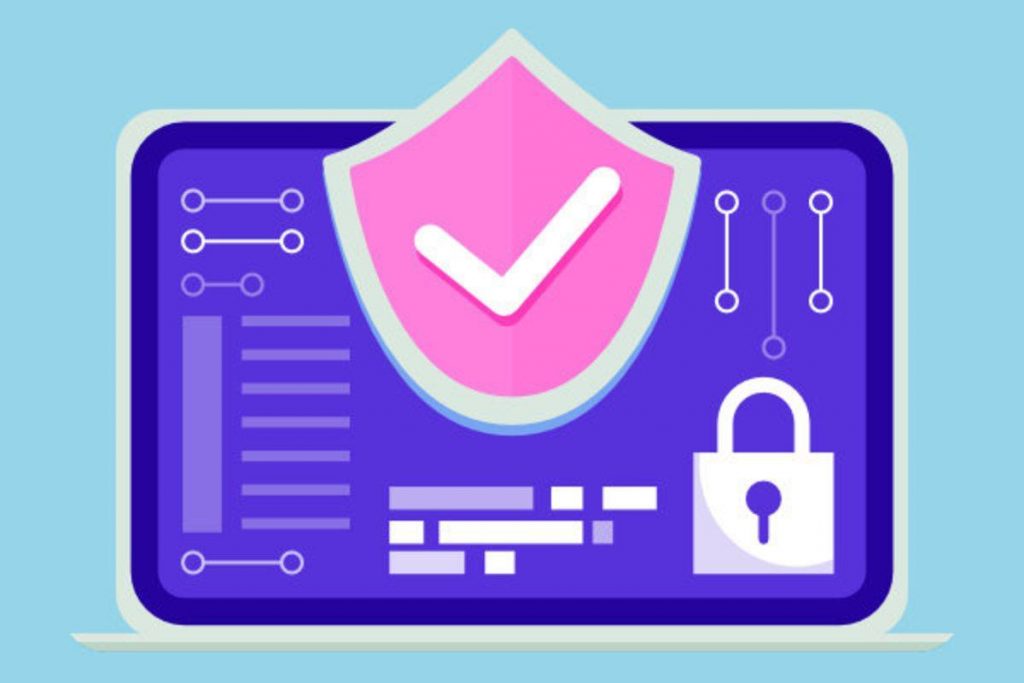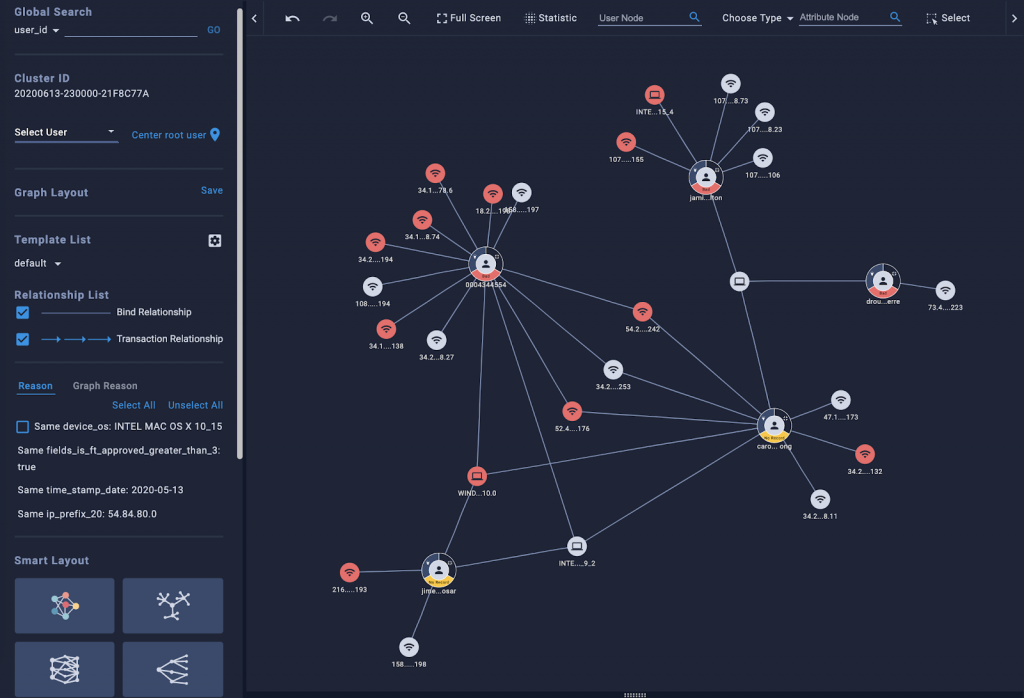
Linkage Analysis: A New Approach to Detect and Investigate AML and Application Fraud
Application fraud isn’t always easy to detect. However, in the financial industry — an industry that’s already vulnerable to fraud and where an institution’s bad debt is often viewed as a hallmark of the organization’s health — fighting back against application fraud is non-negotiable.
Studies estimate that as much as 8-10% of an institution’s “bad debts” are actually the byproduct of application fraud. What’s more, these acts of fraud aren’t just being committed by one-time thieves that see an opportunity.
Application fraud is being orchestrated by sophisticated crime rings that are growing alongside advancements in technology that enable fraud to occur on a much broader scale. Career criminals are using synthetic identities crafted from stolen user data that can bypass many traditional fraud prevention measures. Each time a fraudster slips through the system, it only encourages repeat behaviors.
DataVisor’s new capabilities to detect and investigate financial fraud uses link-based investigation to detect these high-level fraud patterns. Here’s how it works.
What Is Link-Based Investigation?
Individual investigations are not effective enough to uncover sophisticated fraud patterns. With DataVisor’s comprehensive fraud detection platform, financial institutions (FIs) can view data points in real time (including unstructured data) and compare them to other pieces of data in the network. By linking data and seeing the relationships between them, FIs can better understand what fraud looks like and take quick action to prevent it.
DataVisor illustrates these relationships in a Knowledge Graph to help FIs visualize these patterns. By connecting data that traditionally lives in siloes and showing how data points relate, organizations can remove much of the guesswork and manual investigation aspects that prevent them from keeping pace with cybercriminals.

How FIs are Using DataVisor’s Knowledge Graph
Financial institutions are putting DataVisor’s knowledge graph to work in a number of ways:
Fraud Detection
The knowledge graph can detect multiple types of fraud, including application fraud, transaction fraud, and account takeovers. It looks beyond isolated behaviors to create a contextual understanding of fraud patterns.

Risk Management
DataVisor monitors credit risks, policy violations, and business risks based on billions of data points. This helps FIs to risk-assess criminal behaviors.
Anti-Money Laundering
Complex money laundering activities can be more quickly and accurately detected, thanks to a holistic view of your data. The multidimensional connections illustrated by the knowledge graph can help FIs to make more impactful decisions when assessing patterns and behaviors.

Investigation
During case investigations, the knowledge graph can improve efficiency by combining human expertise with DataVisor’s intuitive, straightforward platform. This allows investigators to spot emerging threats in real time before fraud takes place.
5 Capabilities to Boost Detection and Efficiency
Real-time graph building and deep-link analysis
DataVisor’s Knowledge Graph can easily build multi-dimensional connections among entities, groups, money flows, IPs, emails, and other attributes in real time, helping financial services uncover hidden patterns and make contextual decisions.
Smart layout with an intuitive view
Investigation doesn’t need to be exhausting and time-consuming. DataVisor provides an easy-to-understand layout that displays critical connections based on different risk and fraud scenarios, so that investigators get the most valuable insights while not being overwhelmed by trivial information.
One-click investigation
Crime rings are no longer difficult to detect. DataVisor’s Knowledge Graph helps FIs to capture the entire ring with one-click investigation. The solution highlights fraudulent relationships in the network and supports one-click investigations that connect the new entities or events with previously detected fraud rings, without the need for manual searches.
Ingestion of internal and external heterogeneous data
DataVisor’s Knowledge Graph helps FIs ingest and harness data from omnichannel sources. It connects structured and unstructured data in real time via API or user uploading, including cloud and on-prem databases, local files, third-party databases and signals.
Dynamic update on blacklists and whitelists
DataVisor makes intelligence actionable by bridging the gap between investigations and decisions. Investigators can directly mark bad and good actors or cases directly on the visual Knowledge Graph, and the results will be dynamically updated on blacklists and whitelists in real time, without requiring additional steps.
See DataVisor’s Knowledge Graph and Case Management in Action
Effective fraud prevention goes beyond looking at individual cases and data points. Because of the sophisticated nature of application fraud and money laundering, FIs can be more proactive by understanding the context in which fraud occurs.
Learn more about how DataVisor’s knowledge graph is transforming fraud detection and prevention by requesting a demo today.

Latest Articles







